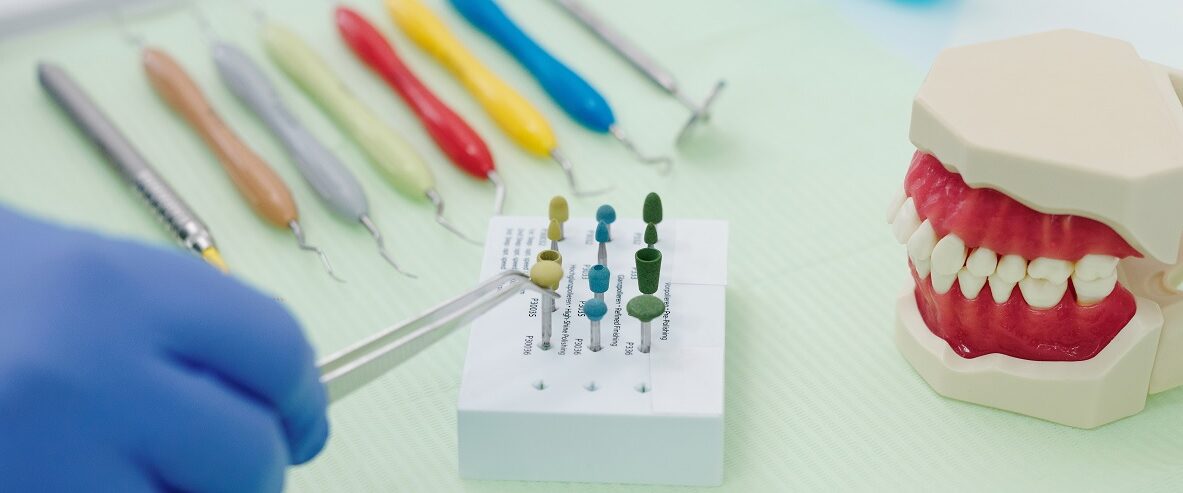
A beautiful smile is not only aesthetically pleasing but also plays a crucial role in overall oral health. For individuals with certain dental conditions, such as a narrow upper jaw or crowded teeth, palatal expanders offer a transformative solution. These orthodontic devices are designed to widen the upper jaw, creating space for proper alignment of teeth, improving bite function, and boosting oral health. In this article, we will explore the benefits, types, and process of using palatal expanders to understand how they can transform smiles and promote oral well-being.
What are Palatal Expanders?
Palatal expanders, also known as orthodontic expanders or maxillary expanders, are appliances used in orthodontic treatment to widen the upper jaw. The upper jaw, or maxilla, is made up of two separate halves that fuse together during childhood. In some cases, the upper jaw may be too narrow, leading to dental issues such as crowding, crossbites, or impacted teeth. Palatal expanders aim to address these problems by gently applying pressure on the palatal bones, gradually expanding the arch and creating more space for proper tooth alignment.
Benefits of Palatal Expanders
1. Correcting Dental Misalignment: One of the primary benefits of palatal expanders is their ability to correct dental misalignment. By widening the upper jaw, these devices create additional space for crowded teeth to move into their correct positions, promoting a more harmonious and aligned smile.
2. Resolving Crossbites: Crossbites occur when the upper teeth bite inside the lower teeth instead of outside them. Palatal expanders can help correct crossbites by expanding the upper jaw, allowing the upper teeth to fit properly over the lower teeth when biting or chewing.
3. Enhancing Facial Symmetry: A narrow upper jaw can contribute to facial asymmetry, causing an imbalanced appearance. By expanding the palate, palatal expanders can help improve facial symmetry, resulting in a more pleasing aesthetic.
4. Improving Breathing and Airway Function: In some cases, a narrow upper jaw can lead to breathing difficulties, particularly in children. Palatal expanders can help widen the nasal cavity and improve airway function, potentially alleviating issues such as snoring or sleep apnea.
Types of Palatal Expanders
1. Rapid Palatal Expander (RPE): The Rapid Palatal Expander is one of the most commonly used devices. It consists of a screw located in the middle of the palate, connected to bands or wires that are bonded to the upper molars. By turning the screw using a special key, controlled and gradual expansion is achieved.
2. Haas Expander: The Haas Expander is a type of RPE that features acrylic material covering the roof of the mouth. It is often preferred for its comfort and stability during the expansion process.
3. Quad Helix: The Quad Helix is a fixed appliance that uses helical loops or springs to exert pressure on the palate. It is typically used for mild to moderate expansion needs.
4. Removable Palatal Expander: This type of expander is removable and consists of an acrylic plate with an expansion screw that the patient can activate themselves, under the guidance of their orthodontist.
The Process of Using Palatal Expanders
The process of using palatal expanders begins with a comprehensive orthodontic evaluation and consultation with an orthodontist. After carefully assessing the patient’s oral condition, the orthodontist will determine if a palatal expander is the appropriate treatment option. If so, they will take impressions or digital scans of the patient’s teeth and palate to create a custom-made expander.
Once the expander is ready, the orthodontist will bond the expander to the patient’s upper molars using dental cement or attach it with bands. The patient will receive instructions on how to activate the expander by turning the screw a small amount each day or as directed by the orthodontist.
During the initial days of wearing a palatal expander, patients may experience some pressure and discomfort in the palate, but this sensation typically subsides as they become accustomed to the device. It is important to follow the orthodontist’s instructions regarding the activation and care of the expander to ensure optimal results.
Regular follow-up appointments with the orthodontist will be scheduled to monitor the progress of the expansion and make any necessary adjustments. The expansion phase typically lasts for a few months, after which the orthodontist may recommend the use of additional orthodontic appliances, such as braces, to further align the teeth and achieve the desired results.
It is essential for patients to maintain good oral hygiene while wearing a palatal expander. Regular brushing and flossing should be practiced, paying extra attention to cleaning around the expander and under the bands or wires. The orthodontist may provide specific instructions on cleaning techniques and recommend using orthodontic-friendly products to keep the mouth clean and healthy.
It is worth noting that palatal expanders are most effective when used during the developmental stages of the jaw, which typically occurs in childhood or adolescence. However, adults can also benefit from palatal expansion, although the process may take longer due to the completion of jaw growth.
Palatal expanders are powerful orthodontic appliances that can transform smiles and boost oral health. By widening the upper jaw, they create space for proper tooth alignment, correct dental misalignment, and improve facial symmetry. Additionally, they can help resolve crossbites and contribute to better breathing and airway function. With different types of expanders available, patients can find a suitable option based on their specific needs. It is important to consult with an experienced orthodontist to determine if a palatal expander is the right treatment option and to receive proper guidance throughout the process. By embracing this orthodontic technique, patients can achieve a beautiful, aligned smile and enjoy the long-term benefits of improved oral health.
